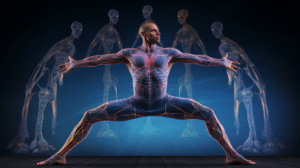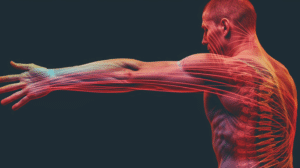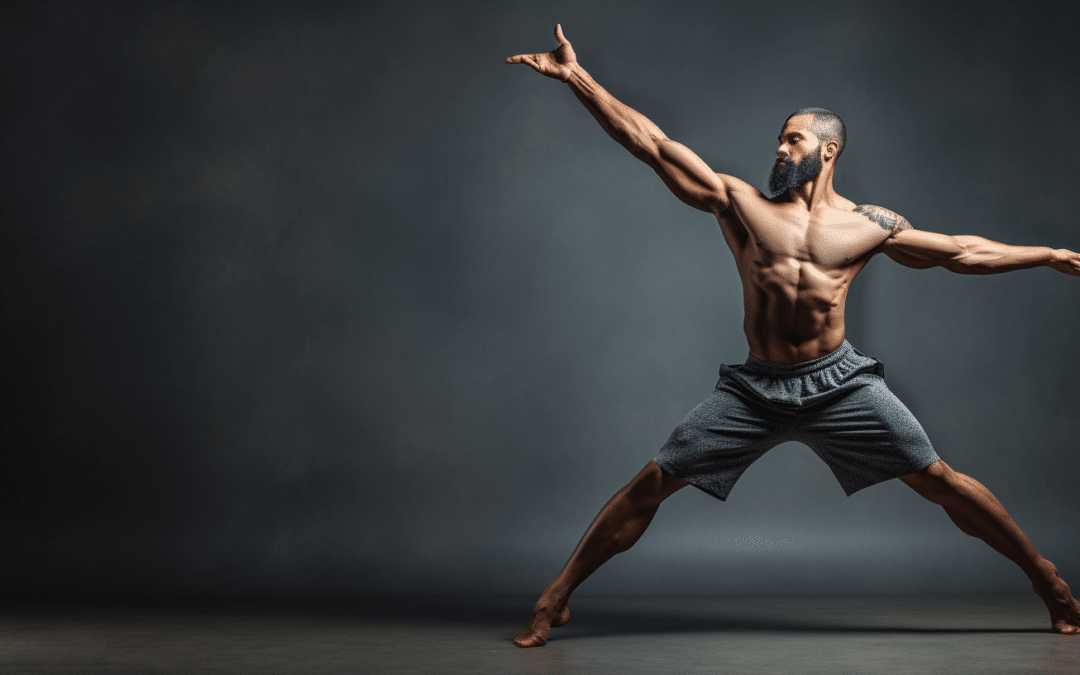Achieving an optimal range of motion is critical to living a healthy lifestyle. One technique that can help you do just this is active isolated stretching (AIS). AIS has become increasingly popular in recent years, as it offers numerous benefits and helps target specific muscles. In this article, we will delve into what AIS is, its various advantages, which muscles are affected by it, how to perform it correctly, some common mistakes to avoid while stretching, and tips on getting the most out of your practice. So, put a spring in your step, and let’s get started!
Key Takeaways
- Active Isolated Stretching increases flexibility, range of motion, and joint functionality.
- It reduces pain and improves blood flow and circulation.
- The technique also lengthens shortened muscles and strengthens weak ones.
- It improves posture, coordination, balance, strength, and endurance.
What Is Active Isolated Stretching?
 Active Isolated Stretching is a stretching technique to increase the range of motion and flexibility. It targets specific muscles, allowing users to maximize their flexibility by systematically releasing tension. This process involves isolating each muscle group in succession, performing a precise stretch for two seconds, and repeating up to ten times. The goal is to stimulate circulation while avoiding strain on the muscle groups due to prolonged stretching. Active isolated stretching can be used by people from all levels of fitness who desire an increased range of motion and improved performance in their chosen activity.
Active Isolated Stretching is a stretching technique to increase the range of motion and flexibility. It targets specific muscles, allowing users to maximize their flexibility by systematically releasing tension. This process involves isolating each muscle group in succession, performing a precise stretch for two seconds, and repeating up to ten times. The goal is to stimulate circulation while avoiding strain on the muscle groups due to prolonged stretching. Active isolated stretching can be used by people from all levels of fitness who desire an increased range of motion and improved performance in their chosen activity.
It has been utilized by athletes, dancers, martial artists, yogis, and anyone looking for enhanced mobility in their daily lives. AIS can also be an effective rehabilitation method after injury or illness. The technique allows for targeting particular problem areas that need extra attention while not straining other muscle groups during the exercise routine. By practicing active isolated stretching regularly, individuals can maximize their flexibility and strengthen their muscles simultaneously.
Benefits of Active Isolated Stretching
Benefits of this form of stretching may include increased flexibility and improved range of motion. Active isolated stretching (AIS) effectively reduces pain, improves joint functionality, and increases flexibility. This type of stretching focuses on specific muscles to avoid overstretching the muscle or damaging connective tissue. AIS involves contracting the target muscle for two seconds, followed by one second. This method helps promote blood flow and circulation, increasing the range of motion throughout the entire body.
In addition, this type of stretching helps to lengthen shortened muscles and strengthen weak ones while preserving their integrity so that they are not stretched too far beyond their natural limits. Furthermore, it can help improve posture, coordination, balance, strength, and endurance levels and reduce joint stress due to its low-impact nature. All these factors combined make active isolated stretching an ideal choice for those who want to boost their range of motion while safely reducing pain and increasing flexibility without risking injury or overexertion.
What Muscles Are Affected by Active Isolated Stretching?
AIS targets specific muscle groups to reduce pain and improve joint functionality and flexibility. The muscles affected by these stretching techniques vary depending on the type of movement used. Generally speaking, AIS stretches involve slow activities that target a single muscle group or joint at a time. This type of stretching helps to release tension from tight muscles and improve circulation in the area. It can also help to reduce inflammation and soreness in surrounding tissues. Additionally, it is beneficial for improving posture as well as overall mobility.
activities that target a single muscle group or joint at a time. This type of stretching helps to release tension from tight muscles and improve circulation in the area. It can also help to reduce inflammation and soreness in surrounding tissues. Additionally, it is beneficial for improving posture as well as overall mobility.
The primary muscle groups affected by active isolated stretching include those around the hips, shoulders, neck, spine, ankles, knees, and wrists. By focusing on these areas, specifically during AIS exercises, one can gain an improved range of motion while simultaneously reducing stress on the joints and ligaments associated with each region. Regularly practicing this form of stretching makes it possible to gain long-term relief from chronic discomfort due to tight muscles and poor posture. Furthermore, AIS can be tailored to suit individual needs based on existing ranges of motion and physical goals such as increased strength or better balance.
How to Perform Active Isolated Stretching
Practicing active isolated stretching requires careful execution of specific movements to maximize benefit and minimize injury risk. This type of stretching aims to achieve muscle relaxation and joint mobilization while avoiding strain or overload on the involved muscles. To begin active isolated stretching, establish a comfortable position with good posture and form by gently contracting the target muscle before proceeding with each stretch. It is essential to hold each space for no more than two seconds at a time to avoid triggering a reflex that can cause contraction of the stretched muscle.
Next, move through a range of motion slowly as if trying to lengthen the targeted muscle. After holding the end position for two seconds, slowly return through the same degree of movement until reaching the original starting point. Repeat this cycle twice before switching stretches or taking a break from the activity altogether. Taking breaks throughout an exercise routine helps give your body time to recover and helps ensure you don’t become overstretched or injured during your workout routine. Active isolated stretching is an effective way to improve flexibility, but it should be done carefully and monitored closely to get maximum benefit without causing harm.
Common Mistakes to Avoid During Active Isolated Stretching
Failing to execute active isolated stretching properly can increase the risk of injury. To prevent this, it is important to understand the proper technique and avoid common mistakes that can be dangerous.
Common Mistakes to Avoid During Active Isolated Stretching:
Not Using Proper Technique:
- Holding stretches too long or not using the correct form when performing movements
- Using momentum instead of muscular action when executing stretches
Active isolated stretching is an effective way to increase the range of motion. However, practitioners need to know the proper technique and avoid common mistakes to experience its full benefit while minimizing potential risks.
Tips for Getting the Most Out of Active Isolated Stretching
Correct techniques and safety protocols can help maximize the effectiveness of active isolated stretching. When done correctly, this type of stretching can be an effective way to increase flexibility, reduce pain, and improve range of motion. To get the most out of active isolated stretching, starting with a warm-up that activates the muscles to be stretched is important. It is also essential to use slow and deliberate movements when executing stretches and not force them beyond what feels comfortable. Additionally, each time should be held for two seconds before release to achieve maximum benefit.
get the most out of active isolated stretching, starting with a warm-up that activates the muscles to be stretched is important. It is also essential to use slow and deliberate movements when executing stretches and not force them beyond what feels comfortable. Additionally, each time should be held for two seconds before release to achieve maximum benefit.
Practicing good form while engaging in active isolated stretching exercises is essential to avoiding jerky or bouncing motions that could cause injury. Finally, I’d like you to focus on breathing steadily throughout the training, as this helps increase relaxation and flexibility during movement. Doing so will ensure that all muscle groups are adequately stretched, allowing for a more excellent range of motion without pain or discomfort. With proper instruction and consistency, active isolated stretching can provide excellent results for anyone looking to increase their level of physical fitness.
Frequently Asked Questions
How Often Should I Perform Active Isolated Stretching?
To achieve the best results with active isolated stretching, performing it at least two to three times a week is recommended. Before the stretching session, a pre-stretching warm-up should be done to prepare your muscles for the activity. This can include light aerobic exercises such as walking or jogging, dynamic stretches targeting the specific muscle groups used during your session, and foam rolling exercises. Post-stretching cooldowns are also beneficial; this includes static stretches held for 10-30 seconds each and light aerobic activity such as walking or jogging at a low intensity. Doing so will help reduce lactic acid buildup in those muscles, which can cause soreness after stretching.
How Long Should Each Stretching Session Last?
The Current Question is how long should each stretching session last. Generally, the intensity and duration of a stretching session will depend on the person’s level of muscle soreness. For people with moderate levels of muscle soreness, a practical stretching session can last 10 to 15 minutes. Stretching sessions for those with higher levels of muscle soreness may need to be shorter, as it takes longer for their muscles to recover. Additionally, stretches should be held only briefly or pushed too hard, which can lead to further injury and damage. Therefore, when designing a stretching routine, one should consider the intensity and duration based on individual needs.
Are There Any Special Tools Required for Active Isolated Stretching?
Active isolated stretching is a technique that improves range of motion and muscle recruitment without special tools. However, certain items can be beneficial to maximize the effectiveness of this type of stretching. These items include an exercise mat, foam roller, massage ball, or other similar objects designed to help with injury prevention and tissue mobilization. Utilizing these tools can increase the range of motion while providing deeper stretches for better results. Therefore, it is recommended to use these items when performing active isolated stretching whenever possible.
What Are the Long-Term Effects of Active Isolated Stretching?
Active isolated stretching has been shown to have long-term benefits, such as improved flexibility and increased mobility. Studies have found that consistent implementation of dynamic isolated stretching can increase a joint’s range of motion and help reduce chronic pain caused by muscle tightness. Additionally, active isolated stretching has been observed to improve posture and balance, reduce fatigue, and increase energy levels. It is important to note that these effects take time; however, consistent practice will make the results more apparent.
Can I Perform Active Isolated Stretching While Pregnant?
Can active isolated stretching be performed while pregnant? This is a question that many expecting mothers might have. Safety should always be the top priority when exercising during pregnancy, and modifications may need to be made to perform active isolated stretching safely. It is best to consult a medical professional for guidance on which safety precautions and pregnancy modifications are necessary before beginning any new exercise routine. Additionally, it is essential to listen to your body and adjust accordingly to ensure your comfort and avoid injury while performing active isolated stretching.
Conclusion
Active Isolated Stretching (AIS) is a stretching technique that improves the range of motion and can reduce the risk of muscle strains during daily activities. It is an active form of stretching that focuses on lengthening isolated muscles, fascial planes, and the stretch reflex. The stretch reflex is a protective reflex activated when a muscle is stretched too quickly or far, resulting in a contraction. AIS stretches are performed slowly and with control to avoid triggering the stretch reflex and prevent strain risk.
AIS is a form of static stretching that requires mindful engagement and utilizes a specific sequence of stretches. A famous example is the hamstring stretch. Understanding which muscles are being stretched and the correct form and movements required to perform the time correctly is essential. AIS can be performed during warm-ups or cooldowns and can also be done independently as a form of exercise. Massage therapists may also use AIS to help improve range of motion and reduce muscle tightness. With practice and dedication, AIS can be an invaluable tool in improving physical performance and overall health and well-being.
In conclusion, Active Isolated Stretching is a stretching technique that can improve the range of motion, reduce the risk of muscle strains during daily activities, and improve overall health and well-being. It requires mindful engagement, and it is essential to understand the correct form and movements and which muscles are being stretched. With dedication and patience, AIS can be a valuable tool in improving physical performance.

